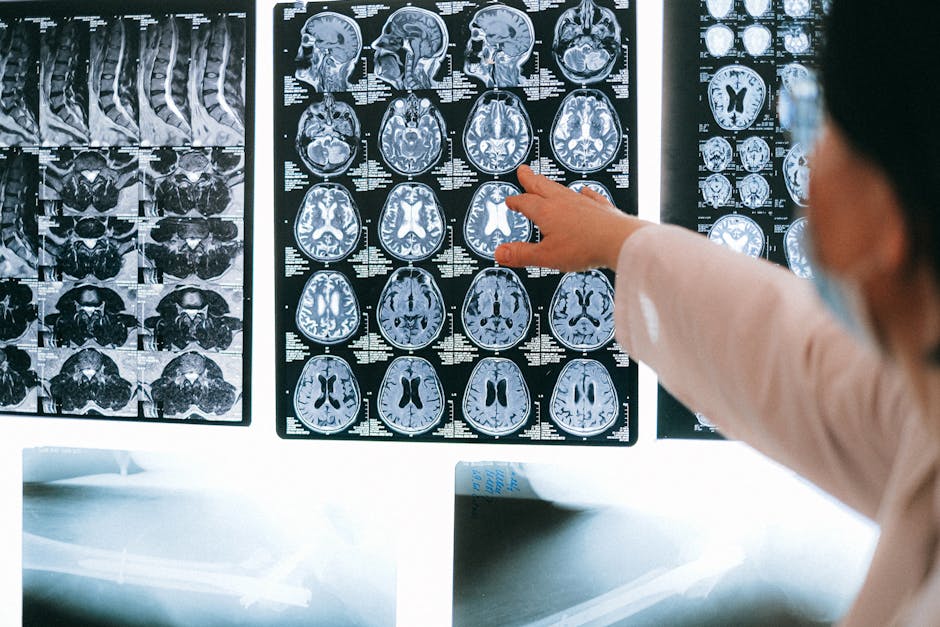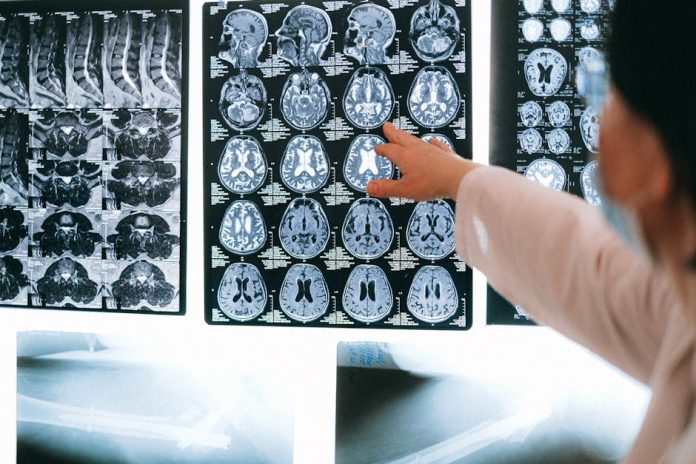
For millions battling Parkinson’s disease, the effectiveness of medication is a frustrating lottery. One day, levodopa provides relief; the next, the tremors return with a vengeance. A groundbreaking new study using advanced brain scans offers a potential explanation for this variability, shedding light on why some patients respond brilliantly to treatment while others see little to no improvement.
Researchers at [Insert University/Institution Name Here] have utilized [Insert Specific Brain Scanning Technology, e.g., advanced fMRI, PET scans] to map brain activity in Parkinson’s patients before and after treatment with common medications like levodopa. Their findings reveal a striking correlation between the effectiveness of the drug and the integrity of specific neural pathways in the brain. Patients who responded well showed strong activity in [Specific Brain Region, e.g., the substantia nigra] after medication, indicating successful dopamine transmission. Conversely, those who experienced minimal improvement exhibited significantly reduced activity in these critical regions, even after medication.
This suggests that the problem isn’t simply a lack of dopamine, the neurotransmitter depleted in Parkinson’s, but also a dysfunction in the brain’s ability to effectively utilize the dopamine provided by medication. This could be due to damage to the dopamine receptors themselves or disruptions in the complex network of neural pathways responsible for dopamine transport and utilization.
“Our research demonstrates that the effectiveness of Parkinson’s medication is not solely dependent on dopamine levels,” explains [Lead Researcher’s Name and Title]. “The ability of the brain to utilize that dopamine is equally, if not more, crucial. This opens up exciting new avenues for research and development of more targeted therapies that may focus on restoring or enhancing the functionality of these critical brain pathways.”
The implications of this discovery are far-reaching. It suggests that future treatments might not only focus on increasing dopamine levels but also on repairing or stimulating the damaged neural circuitry responsible for its effective use. This could pave the way for more personalized treatments tailored to the individual’s unique brain characteristics, leading to more effective and consistent relief for those living with this debilitating disease.
Further research is needed to validate these findings and translate them into tangible improvements in patient care. However, this brain scan breakthrough represents a significant leap forward in our understanding of Parkinson’s disease and offers a renewed hope for the development of more effective therapies in the future.
Sources: [Insert links to relevant scientific publications and press releases]

